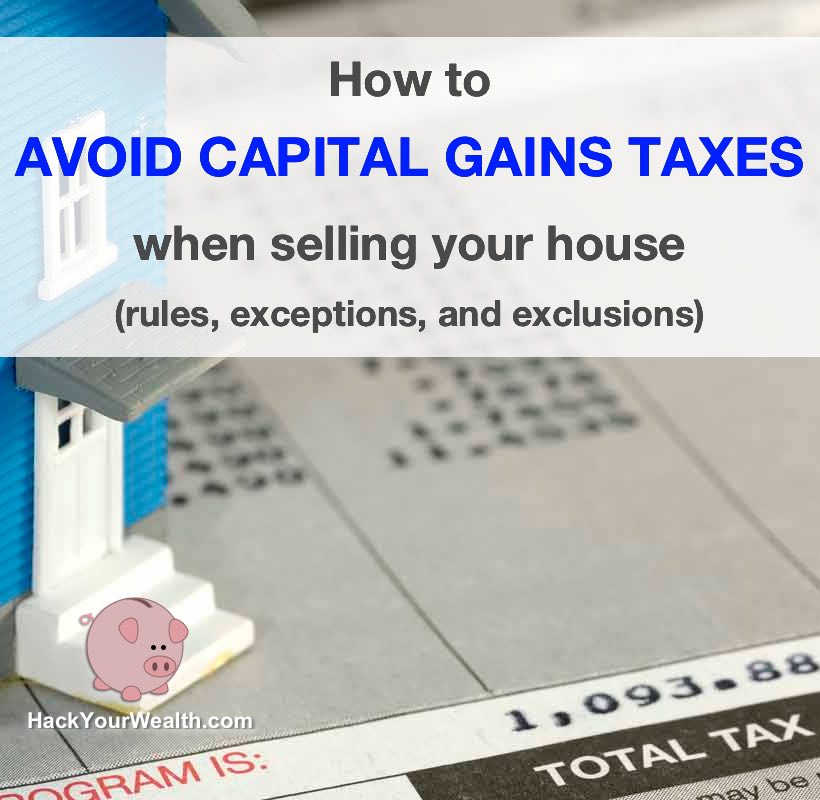The Ultimate Guide To How To Avoid Capital Gains Tax When Selling Real Estate

A Biased View of Military Extensions & Tax on Selling a Rental Property
If a taxpayer gets a home as part of a divorce home settlement, the taxpayer's ownership period will include the time the partner or previous partner owned the house. In addition a taxpayer is dealt with as having actually utilized the house as a primary home throughout the time the taxpayer owned the house and the taxpayer's partner or former spouse was permitted to utilize itunder a decree of divorce or separationas a primary home.
On January 1, 2001, Harry and Jennifer were separated. Under the divorce decree, Jennifer is enabled to reside in the house until February 1, 2002. Harry sells the house on March 1, 2002. Harry and Jennifer might both satisfy the two-year ownership and usage requirements. Although View Details lived in the house for just 12 months, if he continues to own it he is likewise thought about to have resided in the home for the 13 months Jennifer lived there.

The Truth About the Home Gain Exclusion
Certified public accountants may wish to advise that divorcing property owners who have not fulfilled the two-year ownership and use requirements think about having the divorce or separation decree need that a person spouse stay in the home till the two-year usage requirement is satisfied. The proposed regulations define three significant limitations on a taxpayer's capability to claim the area 121 exclusion: Disallowance for usage or partial usage of the house as a nonresidence.
The once-every-two-years restriction. If a taxpayer likewise utilizes a home for functions besides as a principal home, the gain exemption does not use to the extent of devaluation taken on the house after May 6, 1997. On January 1, 1998, Kelly bought a home and leased it to renters for 2 years.

Capital gain on a main home can be taxed under new exclusion » McIntyre Dick and Partners
Our Topic No701 Sale of Your Home - Internal Revenue Service PDFs

On January 1, 2000, Kelly moves into the home and starts to use it as a primary residence. On February 1, 2002, after owning and utilizing the house as a primary home for more than 2 years, he sells the home at a $40,000 gain. Only $26,000 ($40,000 understood gain minus $14,000 depreciation) of the gain is eligible for the exclusion.
